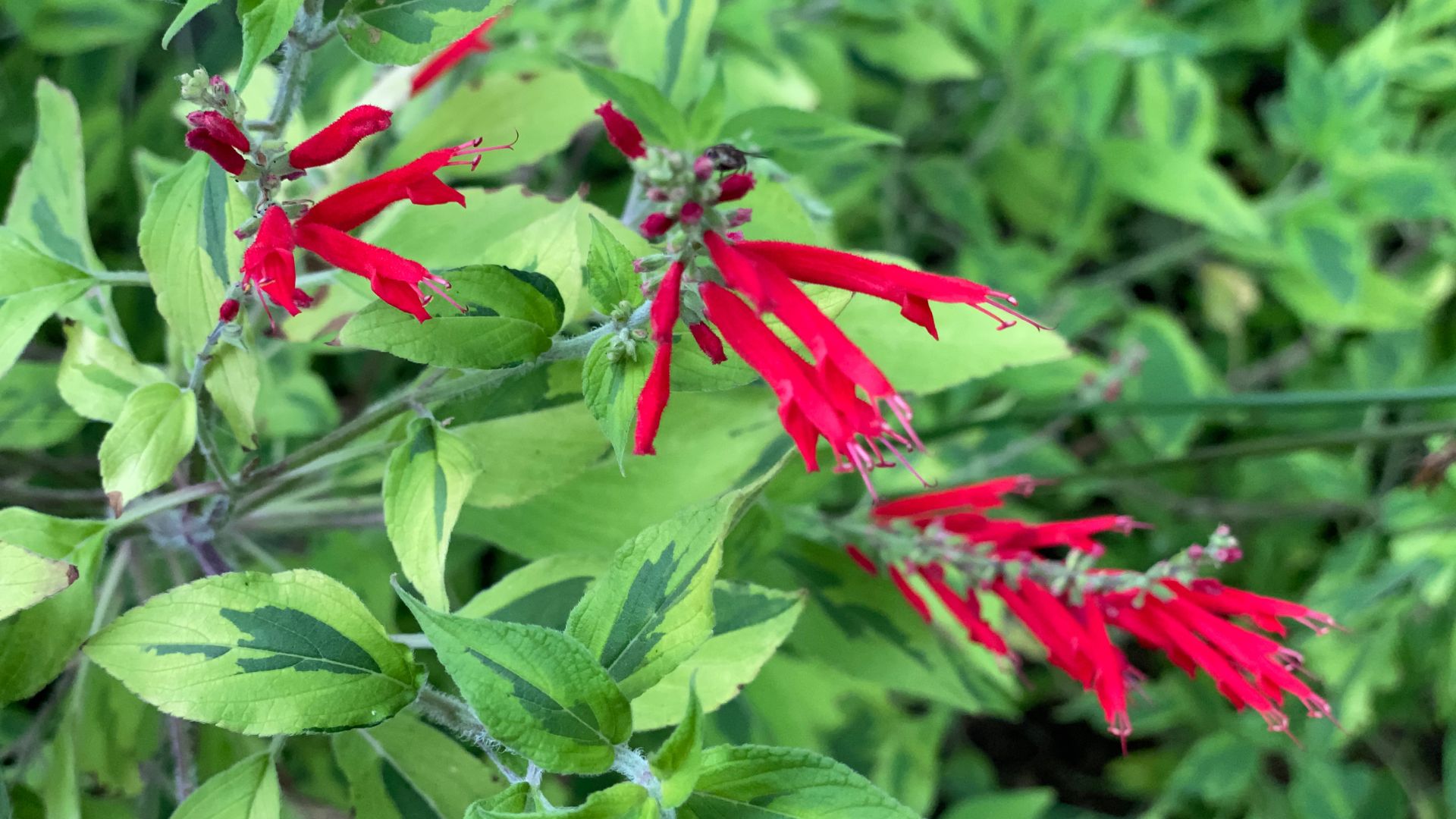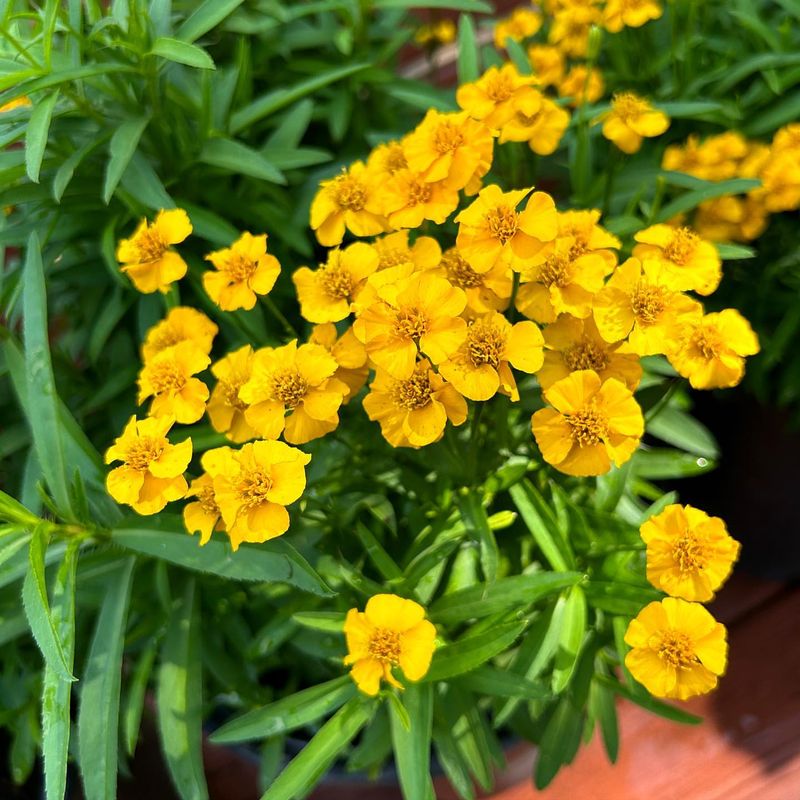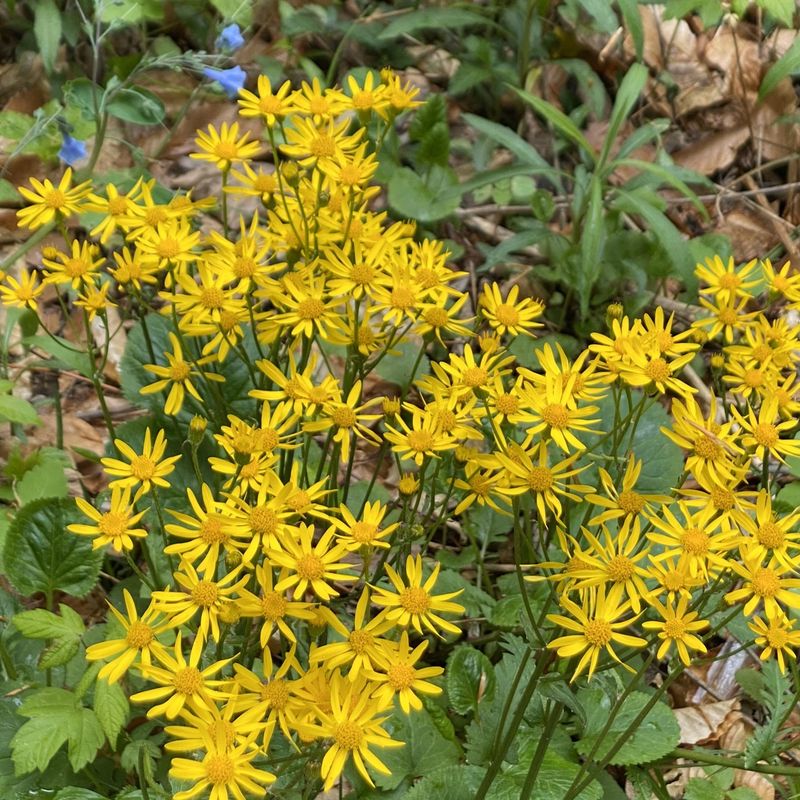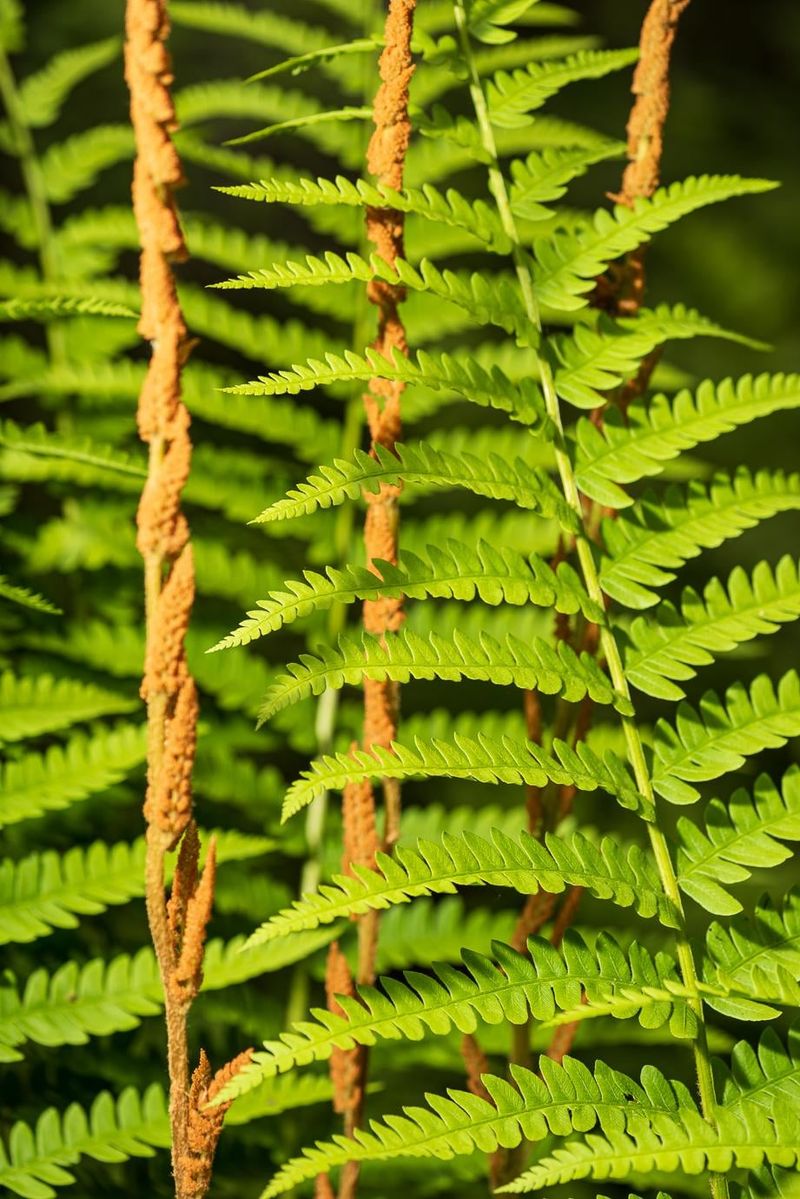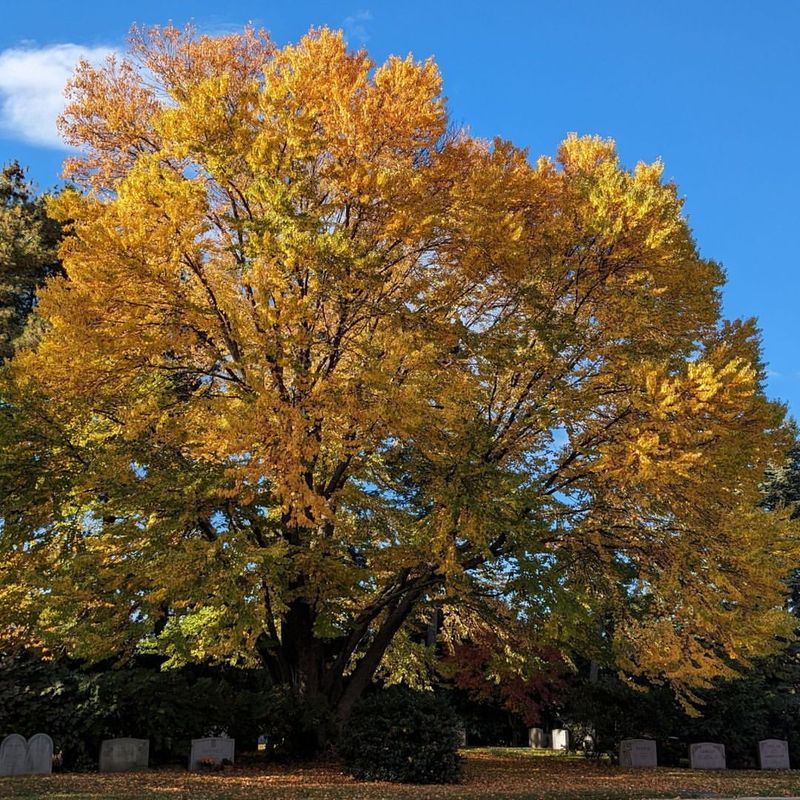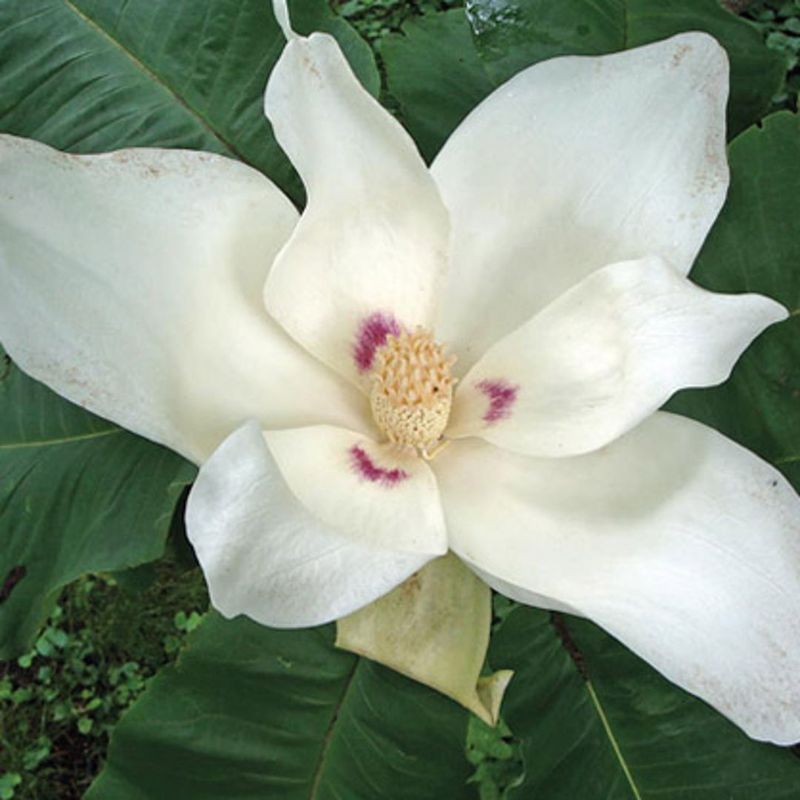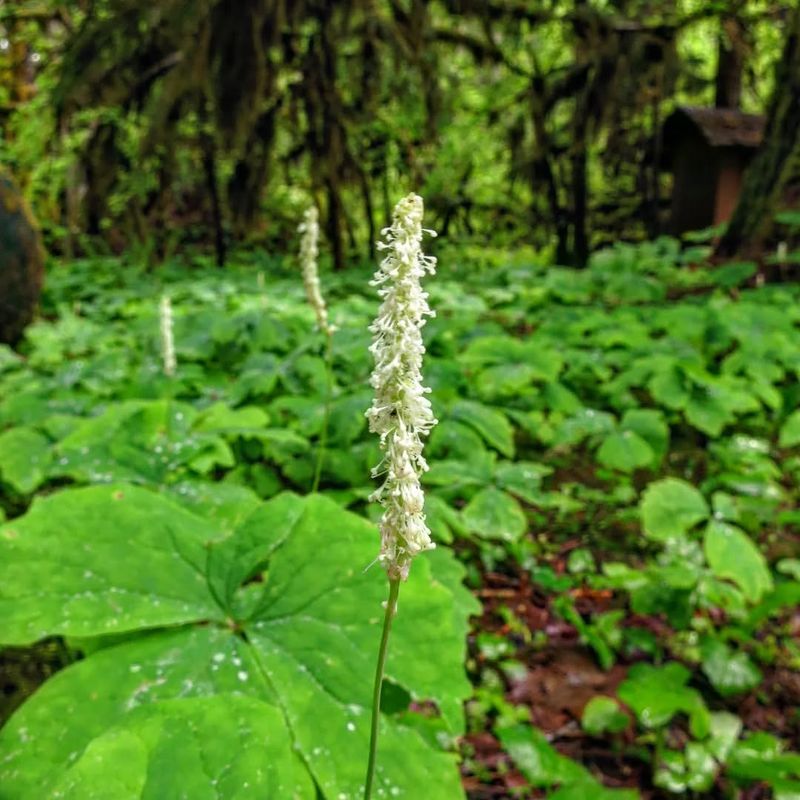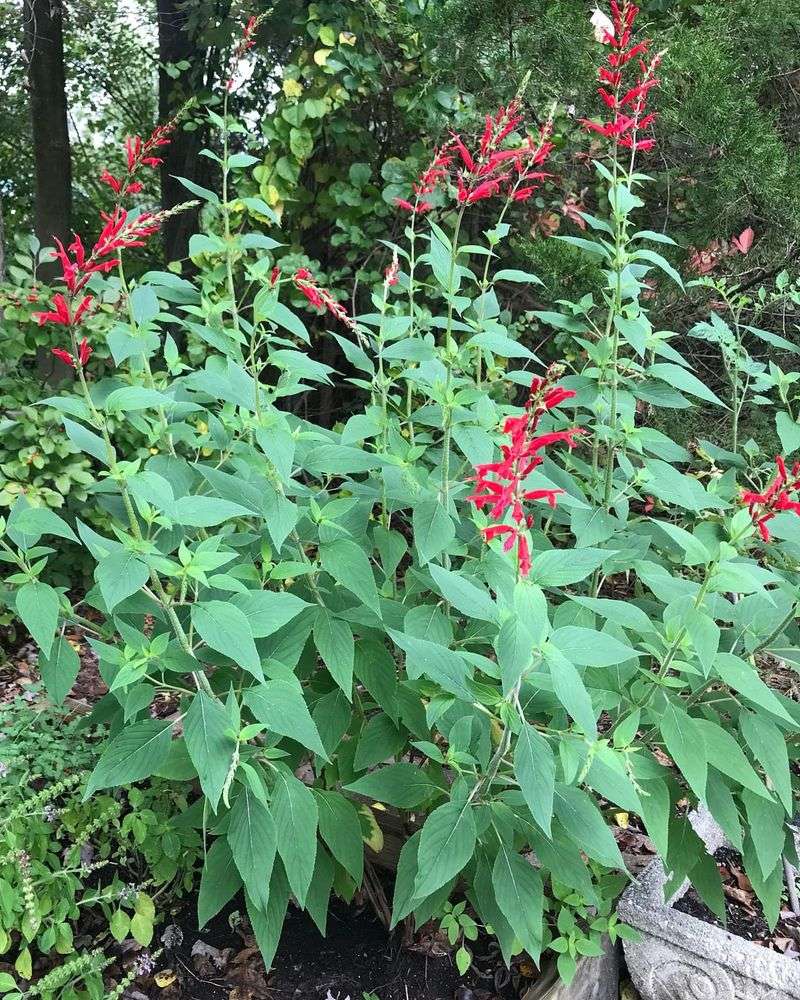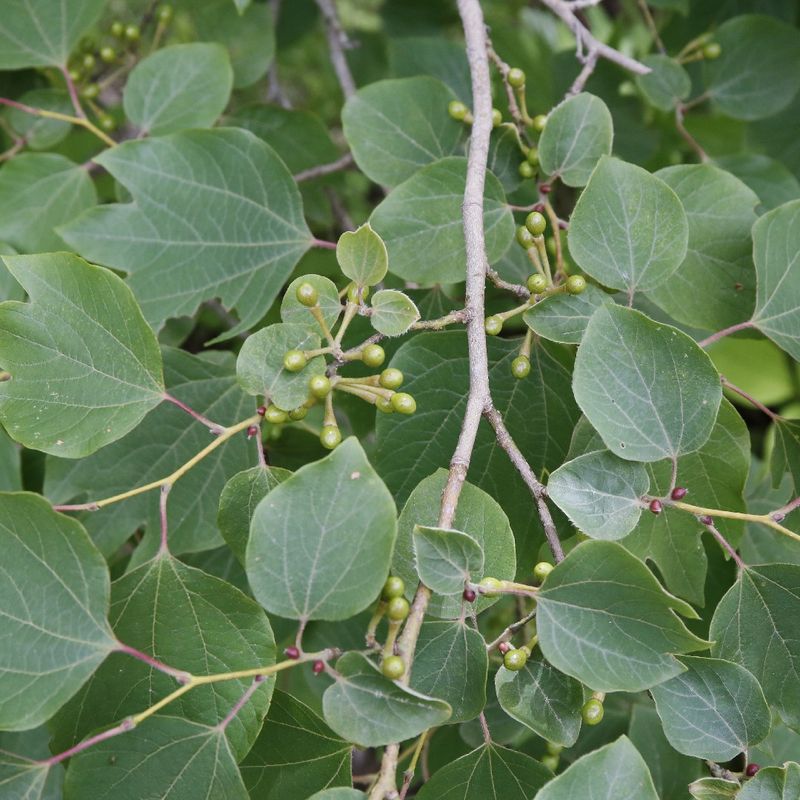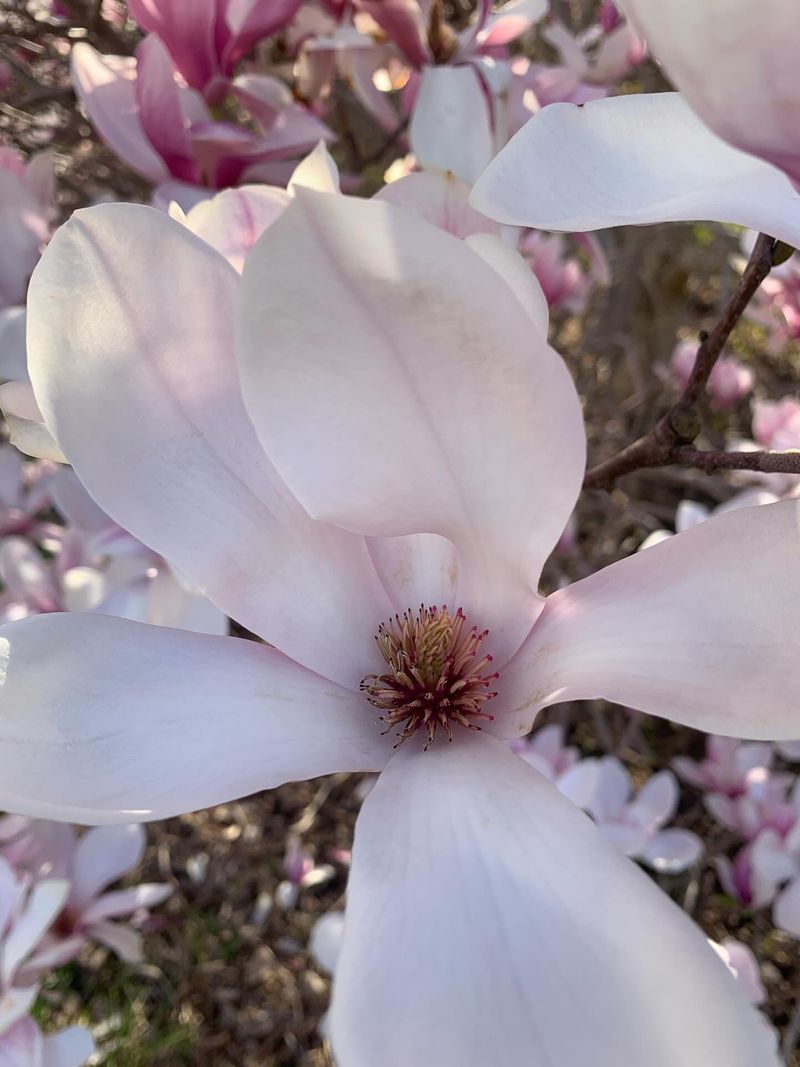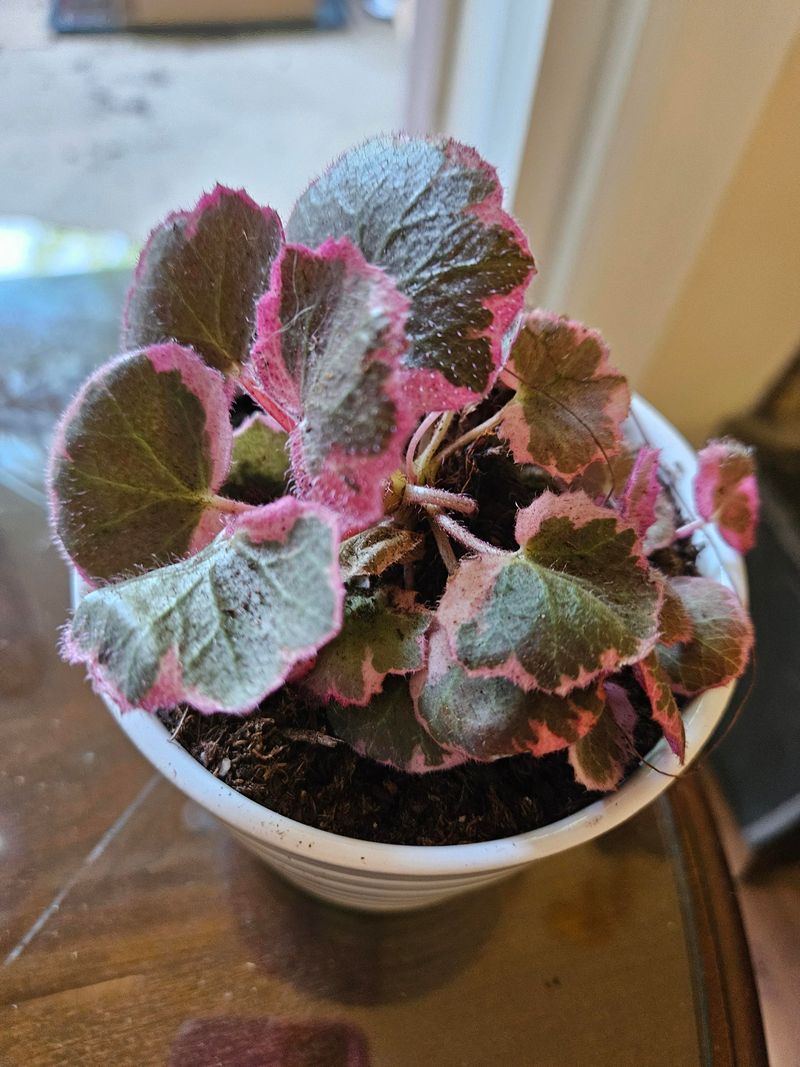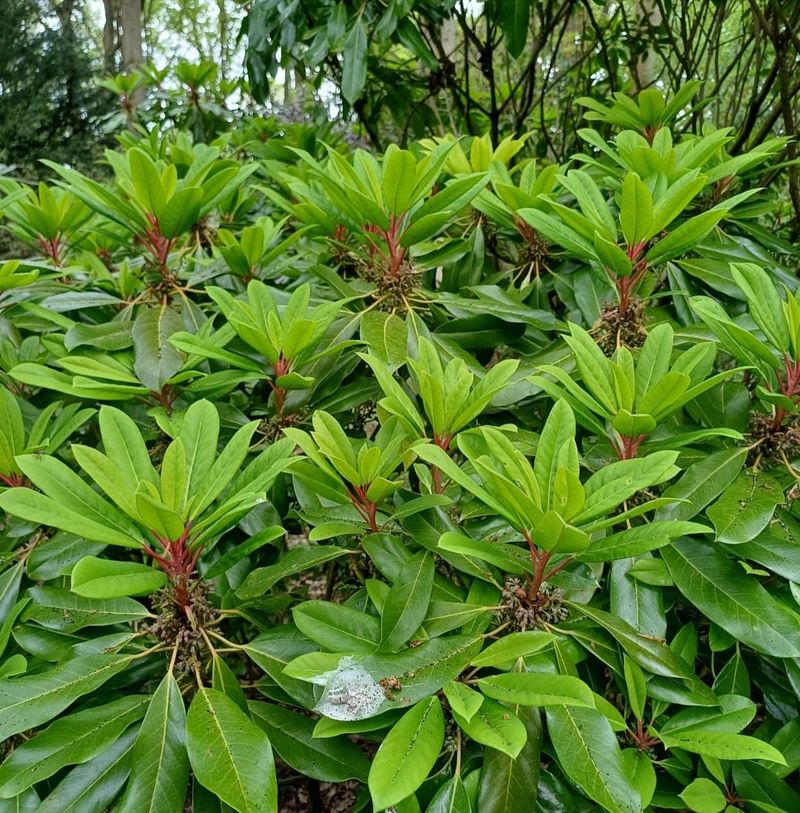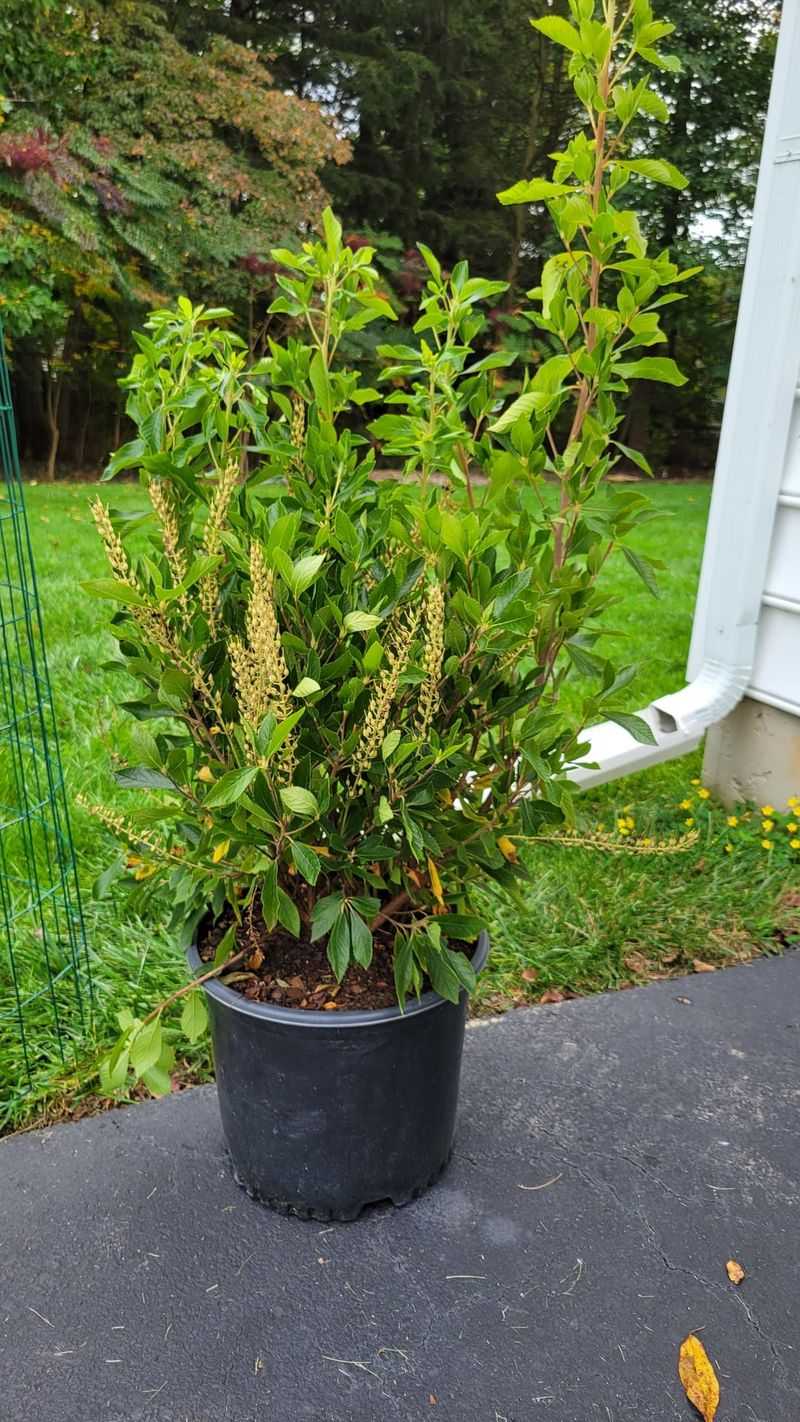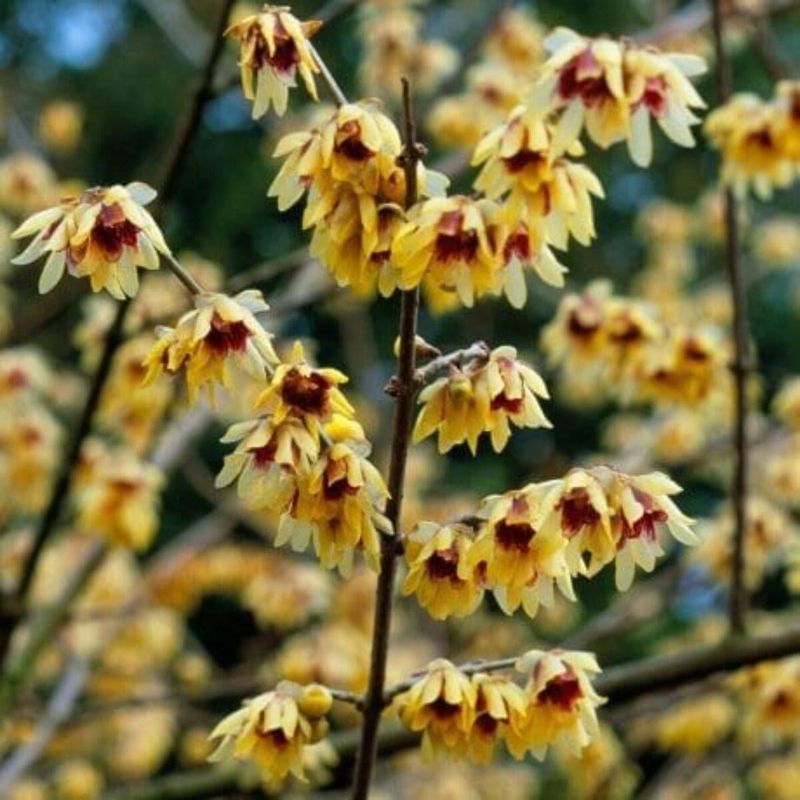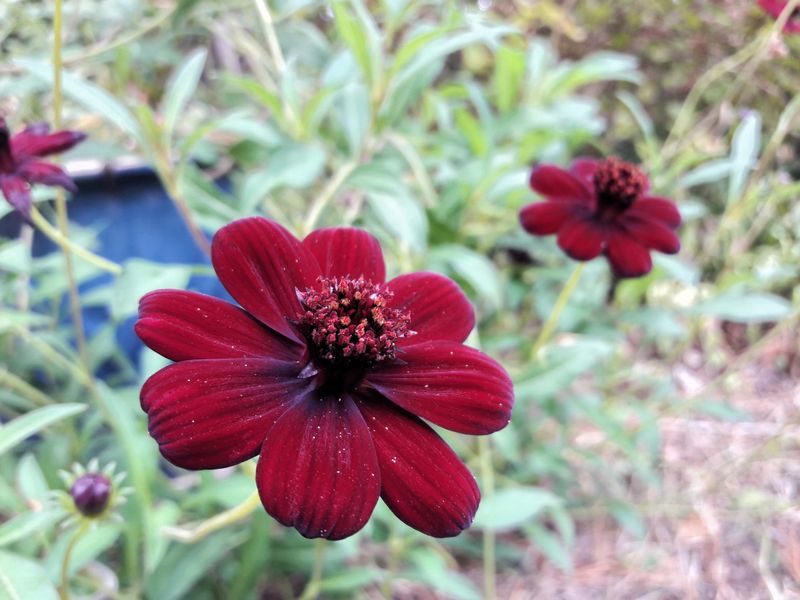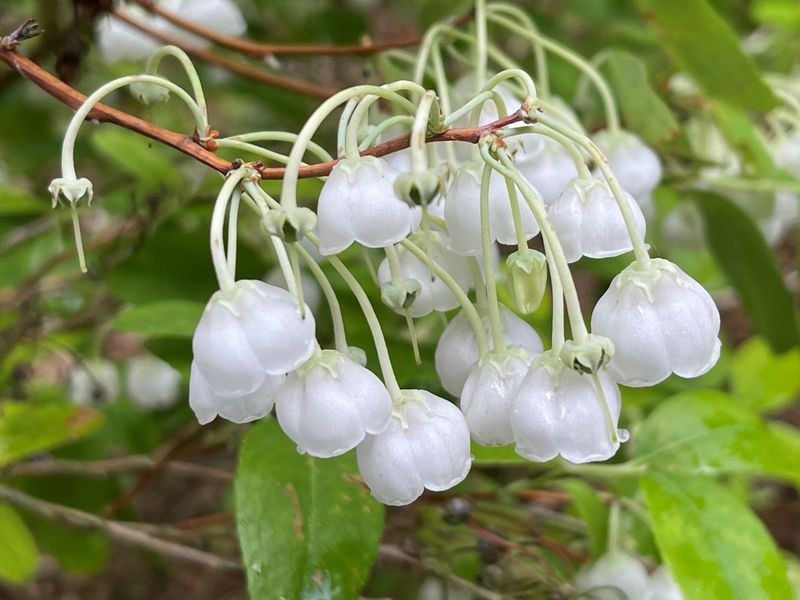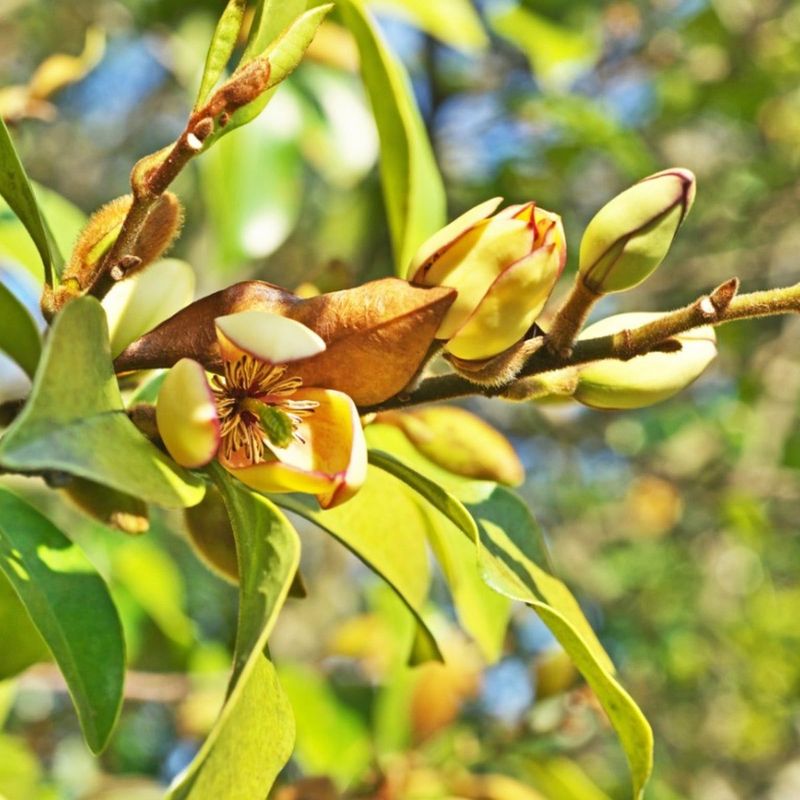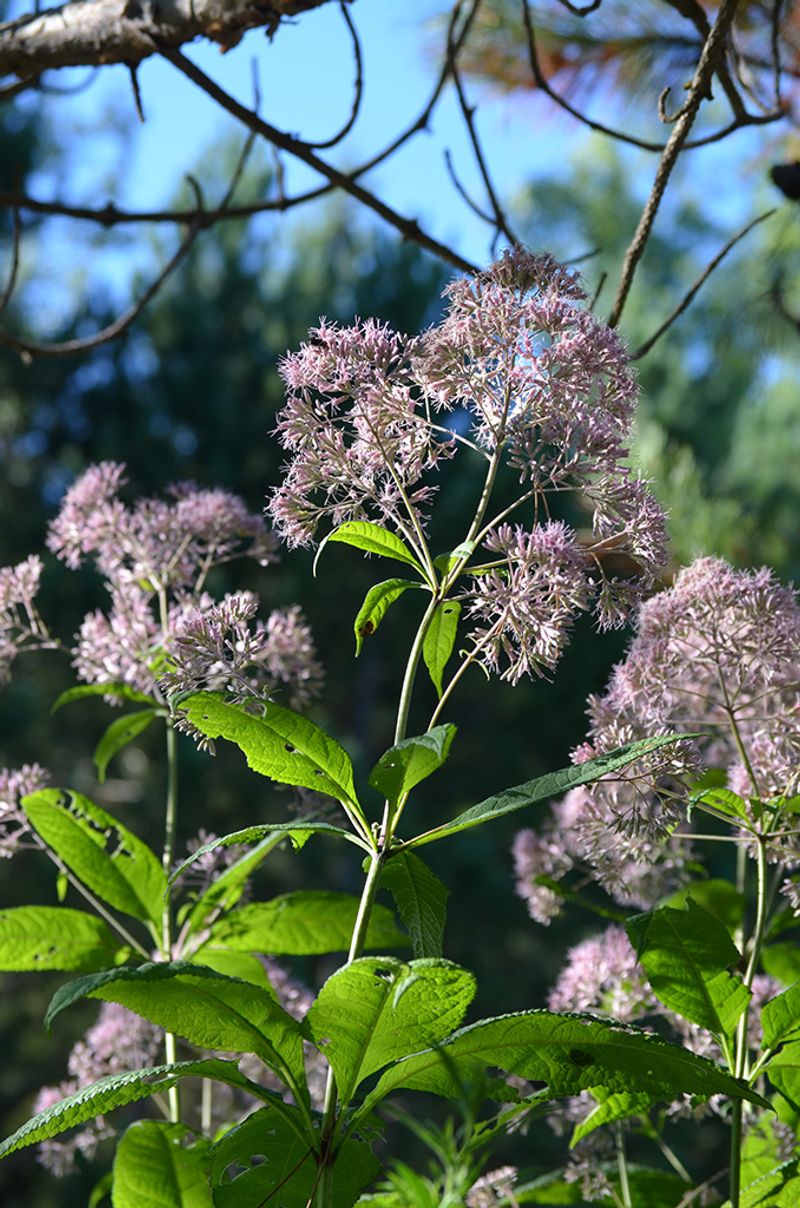Ever strolled through a garden and suddenly caught the scent of cookies baking? You’re not imagining things—some plants naturally give off sweet, spicy aromas that feel straight out of a kitchen. It’s like finding a hidden spice rack tucked between the flowers.
Beyond the usual suspects like basil and mint, there are unsung stars with scents that mimic cinnamon, vanilla, clove, and even nutmeg. Plants like heliotrope, sweet woodruff, and dianthus can surprise you with dessert-like fragrance.
Add these aromatic gems to your garden and every breeze becomes a sensory treat. It’s an easy way to blend beauty, nostalgia, and a little unexpected magic into your outdoor space.
1. Mexican Mint Marigold – The Tarragon With A Twist
Growing this perennial herb feels like having a secret ingredient in your garden. The licorice-anise scent carries distinct notes of vanilla, especially when brushed against or harvested.
Mexican Mint Marigold thrives in full sun and well-drained soil, reaching about 2-3 feet tall. Hardy in zones 8-11, it produces pretty yellow flowers in late summer.
I’ve found this plant to be remarkably drought-tolerant once established. My favorite use is steeping the leaves for a vanilla-scented tea that surprises guests every time.
2. Carolina Allspice – Nature’s Spice Drawer
Crushing the leaves of this native shrub releases an intoxicating blend of cinnamon, clove, and allspice. The maroon flowers emit the same complex fragrance, making it a sensory delight in spring.
Carolina Allspice grows 6-9 feet tall in partial shade to full sun. This adaptable shrub handles clay soil and drought once established, making it perfect for woodland garden edges.
The first time I brushed against one, I actually looked around for a bakery! Few plants offer such a complex spice cabinet aroma from a simple touch.
3. Cinnamon Fern – Not Just A Pretty Face
Despite its name, the true cinnamon scent comes from the unfurling fiddleheads in spring. Breaking the protective hairs releases a subtle but distinct cinnamon aroma that’s utterly unexpected from a fern.
These woodland beauties prefer moist, acidic soil and partial to full shade. Growing 2-5 feet tall, they create dramatic texture with their large fronds and cinnamon-colored spore stalks.
My shade garden was transformed when I added these alongside hostas. The brief aromatic moment each spring feels like a special secret between the garden and me.
4. Katsura Tree – Fall’s Spun Sugar Surprise
Fall magic happens when this tree’s heart-shaped leaves turn yellow and release a strong scent of burnt sugar, vanilla, and cinnamon. The fragrance can fill an entire yard on warm autumn days.
Katsura trees grow 40-60 feet tall with elegant branching patterns. They prefer moist, well-drained soil and partial to full sun, creating spectacular fall color.
Walking beneath my neighbor’s Katsura last October, I closed my eyes and could have sworn someone was baking snickerdoodle cookies nearby. It’s now on my must-plant list.
5. Sweet Azalea – The Unexpected Clove Bomb
Most people grow azaleas for flowers, completely missing that this native variety packs a powerful clove-cinnamon punch. The white tubular blooms emit their strongest fragrance in the evening, attracting night pollinators.
Sweet Azalea grows 8-12 feet tall in dappled shade and acidic soil. Unlike many azaleas, it’s deciduous, with leaves turning rich burgundy in fall.
After planting one near my patio, evening gatherings changed completely. Guests always ask what’s creating that amazing spicy scent, never suspecting it’s coming from an azalea!
6. Vanilla Leaf – Pacific Northwest’s Hidden Gem
Native Americans traditionally dried these leaves to use as natural vanilla-scented potpourri. The compound coumarin creates the distinctive sweet scent that intensifies as the leaves dry.
This woodland groundcover thrives in moist, shady conditions with rich soil. Growing just 12-18 inches tall, its clover-like leaves form attractive colonies in forest settings.
During a hiking trip near Seattle, I crushed a leaf between my fingers and was transported to a vanilla extract factory. Now I grow it in a shady corner where visitors can discover the scent for themselves.
7. Pineapple Sage – Red Flowers With A Secret
The name suggests fruity scents, but the mature leaves develop complex vanilla and cinnamon undertones, especially when dried. Hummingbirds flock to the brilliant red tubular flowers in late summer.
This perennial herb grows 3-4 feet tall in full sun. Though tender in cold climates (hardy to zone 8), it’s worth growing as an annual for its aromatic qualities and wildlife benefits.
I’ve found that running my hands through the foliage before garden guests arrive creates conversation instantly. The unexpected spice notes always surprise people who expect just pineapple from the name.
8. Japanese Spicebush – The Aromatic Time Machine
Crushing the leaves between your fingers releases a complex blend of spices dominated by cinnamon. The tiny yellow flowers that appear in late winter have an even stronger spicy fragrance.
This deciduous shrub grows 6-15 feet tall in partial shade. Its yellow fall color and red berries add multi-season interest to woodland gardens in zones 6-9.
After adding one to my garden’s edge, winter walks became much more interesting. There’s something magical about catching that unexpected cinnamon scent on a cold February day when nothing else is happening.
9. Anise Magnolia – Clove Blossoms In Spring
Before the leaves emerge, this rare magnolia unfurls cream-colored flowers that smell strongly of anise and cloves. The scent carries surprisingly far, creating an invisible cloud of spicy fragrance.
Growing 15-30 feet tall, this small tree prefers moist, well-drained soil and morning sun. The glossy leaves turn golden yellow in fall, adding another season of interest.
When my specimen first bloomed, neighbors stopped on the sidewalk, confused by the strong spice scent. It’s become a neighborhood landmark each April when the fragrant flowers open.
10. Strawberry Geranium – The Vanilla Bean Mimic
Don’t let the name fool you—the leaves of this hardy geranium have a distinct vanilla scent when crushed or brushed against. The aroma becomes even stronger on hot summer days.
This low-growing perennial forms a 6-8 inch tall mat of rounded leaves with strawberry-like runners. It thrives in part shade and average soil, making an excellent groundcover for woodland edges.
I planted several near my garden path specifically so visitors would brush against them. The confused looks when people smell vanilla but see no obvious source always makes me smile.
11. Xanthorhiza – The Underground Spice Factory
Cut into the roots of this native shrub and you’ll be rewarded with a bright yellow interior and strong scent of cloves. Early settlers used it as both a dye and a spice substitute.
Yellowroot grows just 1-3 feet tall in shade to part sun, preferring moist woodland conditions. The delicate purple-brown flowers and compound leaves create a fernlike texture in the landscape.
During a native plant workshop, the instructor cut a root to show us the yellow color. The unexpected clove aroma that filled the air made this overlooked native instantly memorable to everyone present.
12. Clethra – Summer’s Vanilla Candles
The bottlebrush-shaped flower spikes release an intoxicating vanilla fragrance throughout July and August. Butterflies and bees become so drunk on the nectar they’ll barely notice you standing nearby.
This native shrub grows 3-8 feet tall in part shade to sun. Tolerating wet soils and coastal conditions, it’s perfect for problem areas where other plants struggle.
My summertime garden routine now includes morning coffee near my Clethra. The vanilla scent is strongest in the morning warmth, creating a few perfect minutes of natural aromatherapy before the day begins.
13. Wintersweet – January’s Spice Cabinet
Small, waxy yellow flowers appear on bare branches in deepest winter, emitting a powerful fragrance of vanilla and spice. A single branch brought indoors will perfume an entire room.
This deciduous shrub grows 10-15 feet tall in full sun to part shade. Extremely cold-hardy (to zone 5), it blooms reliably during January and February when little else offers interest.
Finding this plant changed my winter garden perspective entirely. The first time I experienced its sweet spicy scent wafting through freezing air, I realized winter gardens could engage more senses than just sight.
14. Chocolate Cosmos – Vanilla With A Twist
The velvety dark red flowers emit a complex scent combining vanilla and chocolate. The aroma is strongest in the evening and after rain, when humidity helps carry the fragrance.
Growing 1-2 feet tall, these tender perennials need full sun and well-drained soil. In colder climates, the tubers must be dug and stored for winter, similar to dahlias.
I planted several near my patio chairs, creating the perfect spot for evening relaxation. Guests often look around for dessert when the breeze carries that distinctive vanilla-chocolate scent their way.
15. Zenobia – The Wild Honey Drop
Bell-shaped white flowers dangle like little spice jars, releasing a sweet blend of honey and vanilla. The blue-green foliage turns stunning burgundy-purple in fall, adding visual interest.
This rare native shrub grows 3-6 feet tall in acidic, moist soil and partial shade. Hardy in zones 5-9, it’s a perfect addition to woodland edges and native gardens.
During a botanical garden tour, I stopped in my tracks when passing this shrub. The guide smiled knowingly when I asked about the vanilla scent, explaining it’s their most frequently asked-about fragrant plant.
16. Banana Shrub – The Custard-Scented Mystery
Small creamy-yellow flowers appear throughout spring and summer, emitting a rich fragrance combining banana custard and vanilla. The scent carries surprisingly far on warm breezes.
This evergreen shrub grows 6-10 feet tall in partial shade. Hardy in zones 7-9, it appreciates protection from harsh afternoon sun and winter winds.
After planting one near my home office window, work-from-home days became much more pleasant. The wafting vanilla-custard scent provides an unexpected mood boost during video calls—though explaining the random smiling can be awkward!
17. Joe Pye Weed ‘Vanilla’ – Native Prairie Surprise
Unlike common Joe Pye varieties, this selection’s stems and leaves release a distinct vanilla fragrance when crushed. The massive mauve flower heads attract countless butterflies from midsummer through fall.
Growing 4-6 feet tall, this perennial thrives in full sun to part shade with consistent moisture. The vanilla scent is strongest when the stems are cut for arrangements.
I initially planted this for the butterflies but discovered the scent by accident while deadheading. Now I intentionally brush against it while walking through the garden, releasing little puffs of vanilla into the air.

